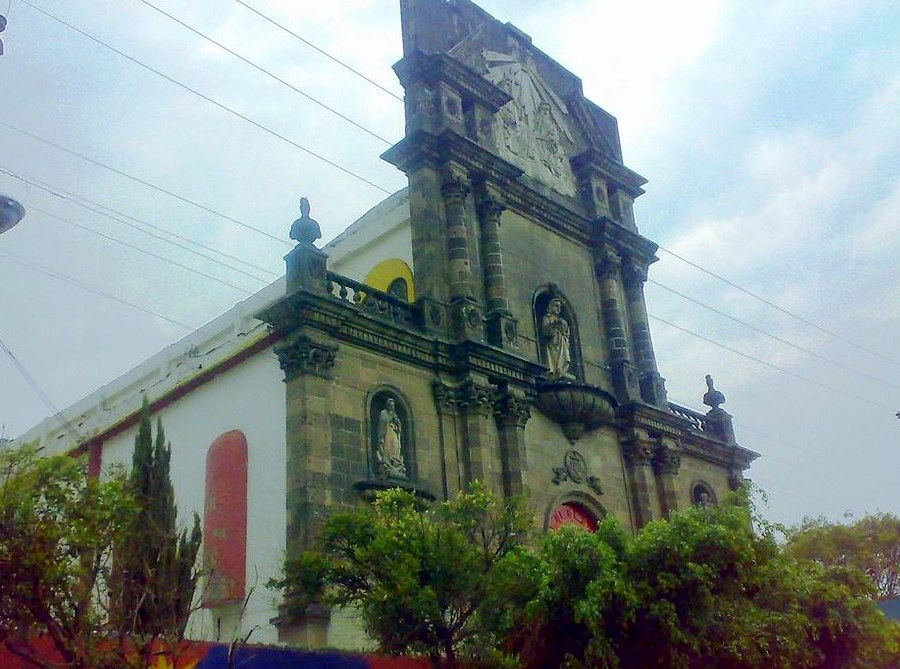
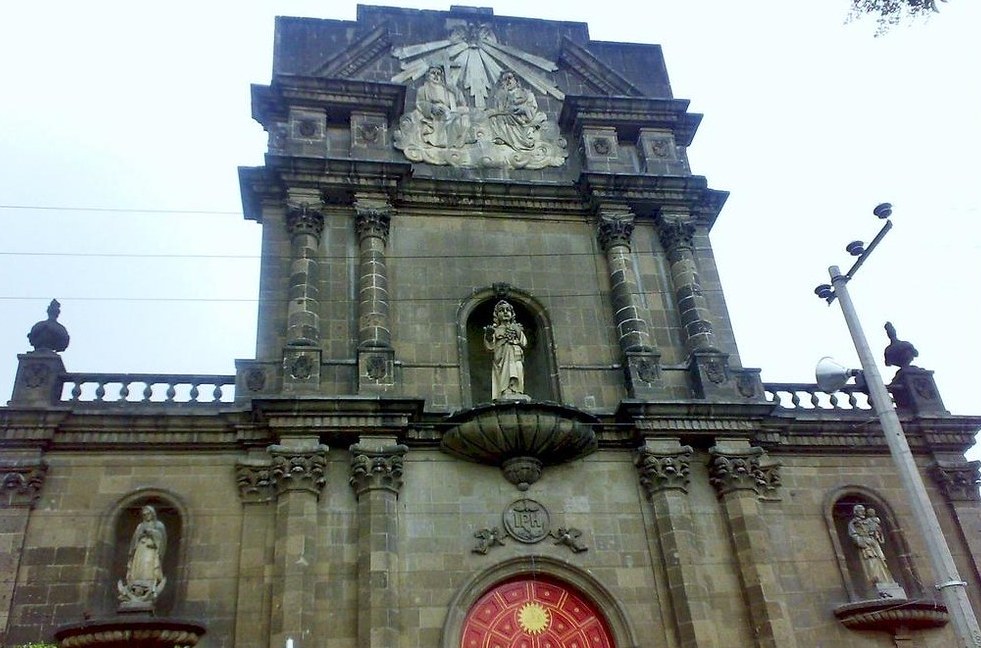

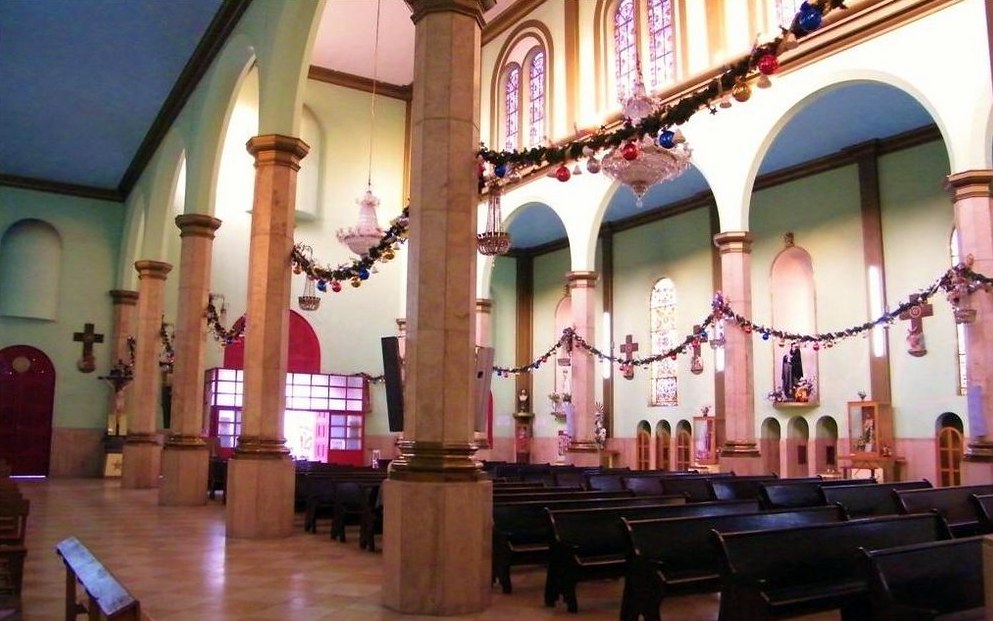
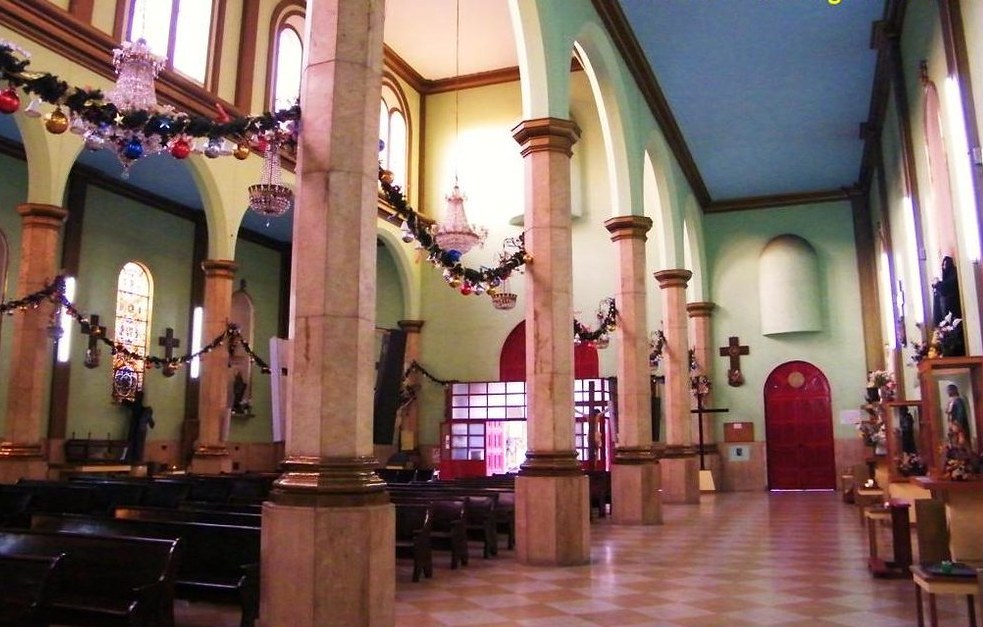
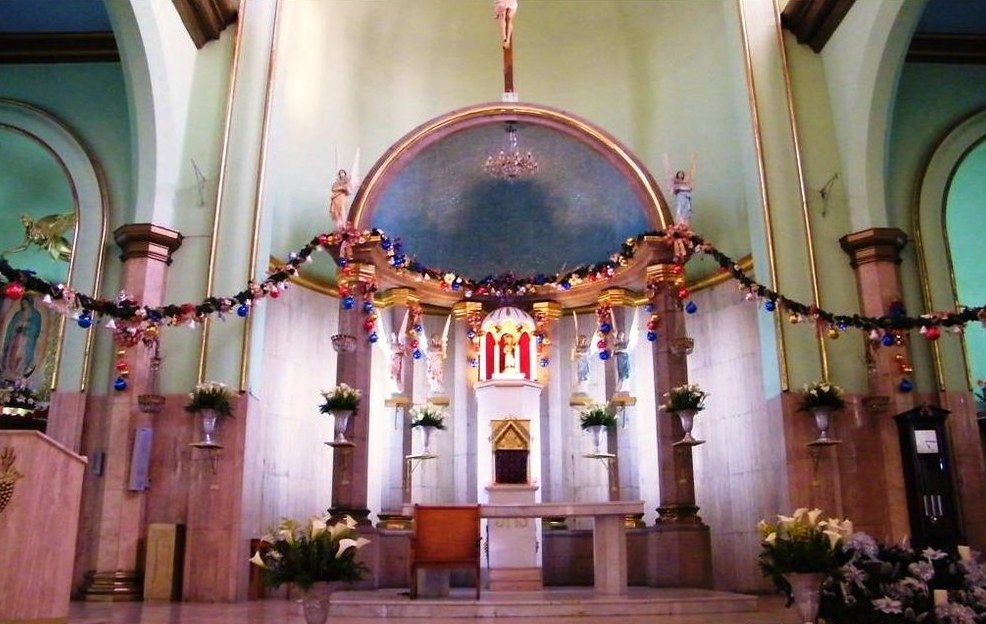
Photos: Catedrales e Iglesias/Cathedrals and Churches, Attribution 2.0 Generic (CC BY 2.0)
Santo Niño Jesús stands out for passengers passing on an elevated section of the Circuito Interior highway just a block to the west. It’s a prominent landmark, one of few, in the formerly industrial neighborhood of Atlampa. In Nahuatl, the neighborhood name means simply “in the water” or “underwater.” Alas, the ancient lake may have been kinder to the colonia than the years since the mid-20th century.
The temple went up in the 1940s. According to legend, one of the most prominent of those working with the Missionaries of San José, to build another church, was a man named José María Troncoso y Herrera. Quite early on, he ordered a stone statue of the Holy Child Jesus. In today’s parlance, we’d think of it as a marketing tool.
The statue still occupies the central niche on the church façade. The figure is endowed with a humble and serene gesture, a pilgrim’s bag and sheaves of wheat and grapes to represent the blood and body of Christ. In that era before television, he became something of a sensation. In the poorest neighborhoods of Mexico City, if not the surrounding urban area, the pilgrimages-cum-fundraisers were such a success that there was money not just for the original church, but for this one too. And this second church was thus dedicated to the same Santo Niño Jesús.
Industrial Atlampa declined with the railyards that used to occupy present-day Tlatelolco. The neighborhood staggered through the rest of the 20th century as something of an industrial remnant, if not an anachronism. But it’s church remained from a time when so many workers’ families crowded the quiet interior that it needed to be greatly expanded. The church is likely not on many architectural guides, but it does provide a comforting touchstone on a trip into the areas

Nearest at 0.44 kms.
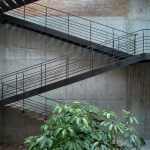
Nearest at 0.46 kms.
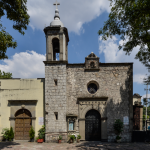
Nearest at 0.53 kms.
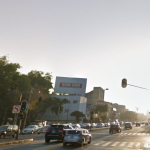
One of the most iconic stretches of the Calzada México Tacuba . . .

One of Mexico City's newest exhibitions spaces is re-igniting the Atlampa neighborhood.
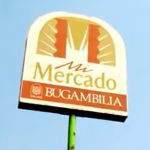
The other historic market in Santa Maria La Ribera

As an old chapel, the building was meant to serve the people of Xochimanque.
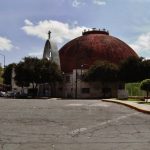
A surprising comfort from the turbulent 20th century...